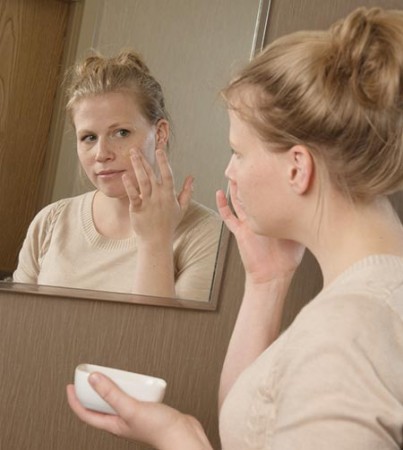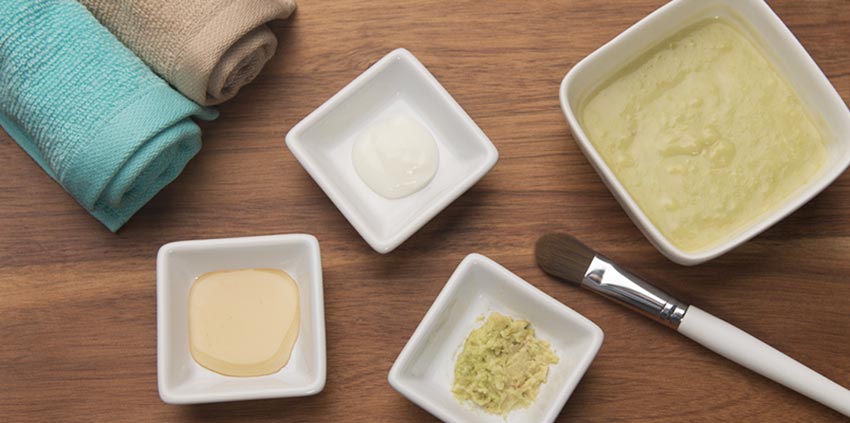 A face covered in food isn’t just for toddlers learning to feed themselves.
A face covered in food isn’t just for toddlers learning to feed themselves.
Pinterest users probably have seen recipes for DIY facial masks using edible ingredients.
The recipes sound easy and the ingredients are natural, but can slathering yogurt on your face really help your skin?
The benefits and side effects of kitchen facial masks aren’t proven, but certain ingredients are safer than others, said Heather Landwehr, a Marshfield Clinic dermatology physician assistant.
Safe ingredients for DIY facial masks
- Coconut oil or olive oil. Both oils are cleansing and moisturizing.
- Honey. Natural antiseptic properties in honey may help clear up acne. Honey will also preserve the life of facial mask leftovers for a few days in the refrigerator.
- Plain yogurt. Lactic acid in yogurt fights acne, exfoliates and smooths fine lines and wrinkles. Limit yogurt masks to once or twice per week because they can cause flaky skin.
- White tea. Antioxidants in white tea bags may help reduce swelling around your eyes.
- Avocado. Vitamins A and E in avocados have antioxidant properties to repair damaged skin.
- Vinegar. Though a bit smelly, vinegar is antibacterial and can be used as an astringent when mixed with water.
Test DIY facial masks on a small patch of skin under your jaw. Wait 15 minutes and check for a skin reaction.
Rinse with water if you have an allergic reaction, and see a dermatologist if the irritation doesn’t go away, Landwehr said.
Skip these potential skin irritants
Landwehr recommended saving these ingredients for your baked goods.
- Citrus. The fresh lemon and orange juice in some facial mask recipes can make your skin sensitive to light and cause blisters.
- Blueberries. Blueberries are rich in antioxidants, but you’ll see very little benefit if you put them on your face. Besides, they’ll stain your skin.
- Spices. Cinnamon is a common ingredient used to exfoliate skin, but it (and other spices) can cause irritation.
- Vegetable oil. Instead of soft, moisturized skin, vegetable oil will cause clogged pores and acne. Stick to olive oil or coconut oil instead.
- Egg whites. Raw egg whites can make skin look and feel tighter, but that’s not worth the risk of ingesting salmonella and getting sick.
- Milk. Choose yogurt if you want to use lactic acid as an exfoliant. Milk spoils more quickly than yogurt on your skin.
Talk to a dermatologist about your skincare routine
“I encourage patients to seek a medical provider to discuss peels, masks and cosmetics to see what would benefit them best based on the cosmetic look they may be looking for,” Landwehr said.
She recommends a simple skincare routine and daily sunscreen with SPF 30 to 50.
Soothing mask for dry skin
INGREDIENTS
- 1 teaspoon mashed avocado
- 1 teaspoon plain whole milk yogurt
- 1 teaspoon honey
INSTRUCTIONS
Mix ingredients in a bowl until smooth. Test on a small patch of skin under your jaw. Spread the mask over your face and wait 20 to 30 minutes. Rinse with warm water, then gently pat skin dry with a washcloth.






Leave a Reply